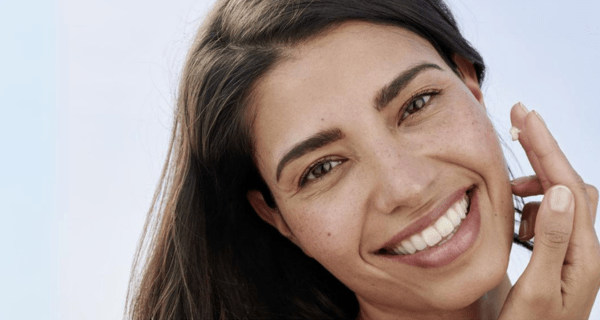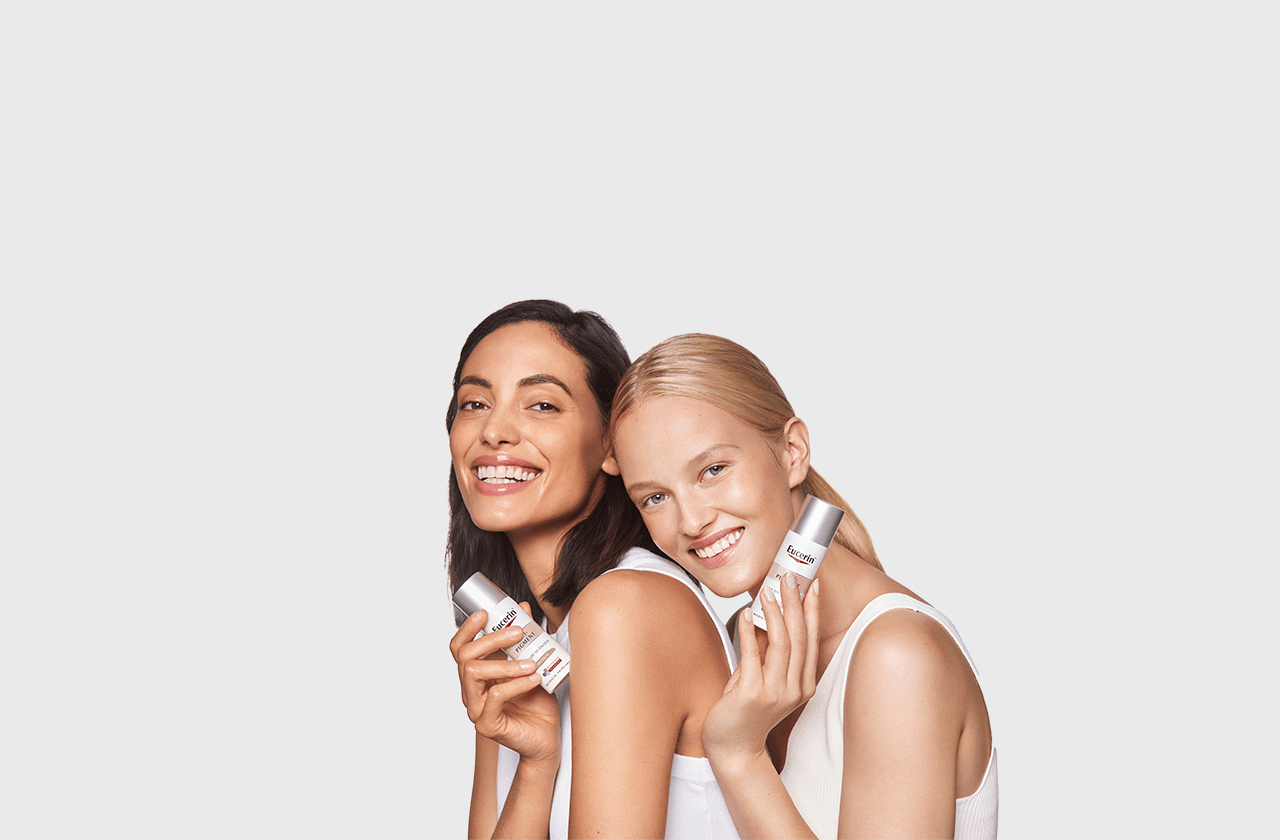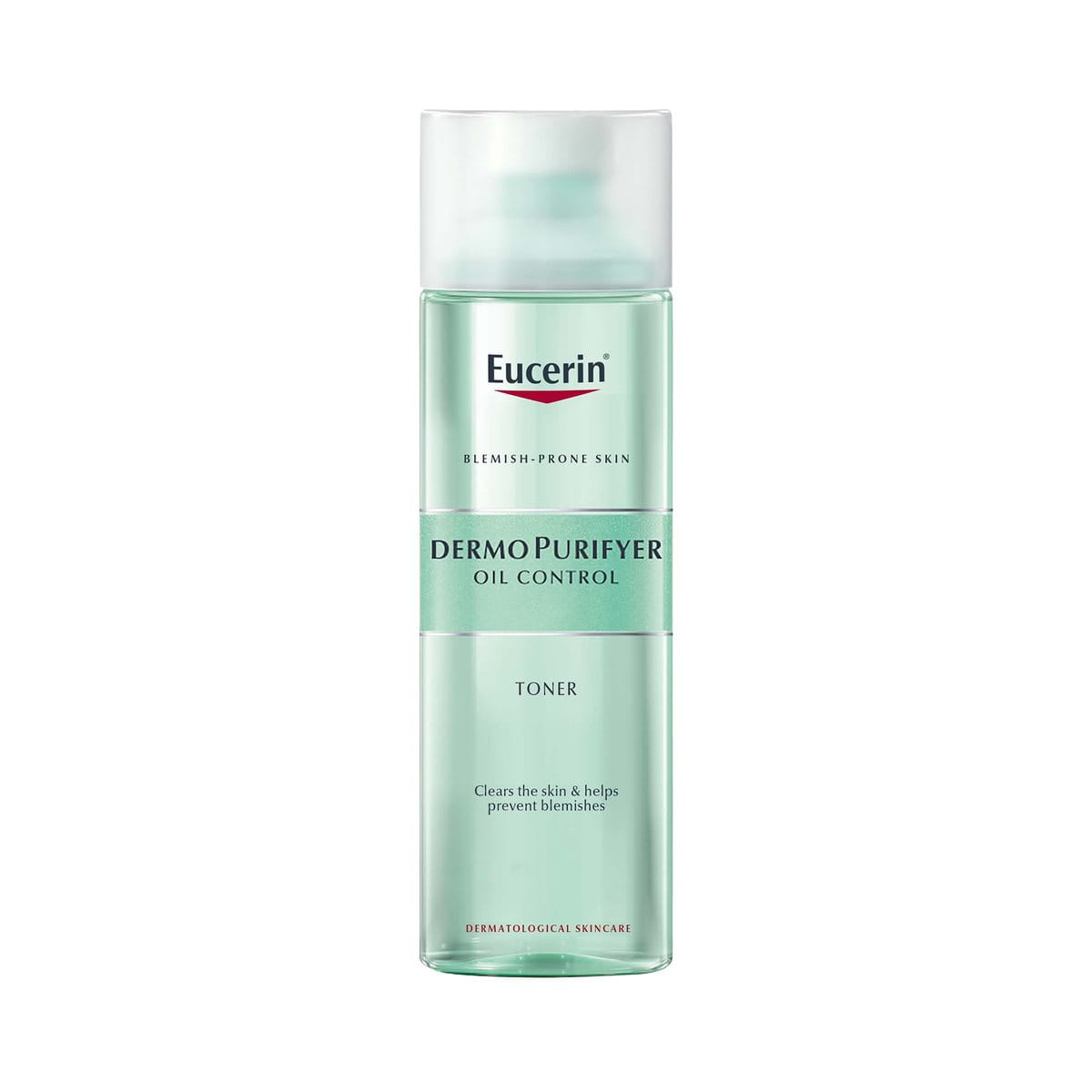Individuals that experience acne are often worried about its impact on their skin. In order to effectively manage the condition, one must first understand the types of acne and the reasons that cause it.
Acne vulgaris is a common chronic disorder that can affect individuals across all age groups, in both men and women (11-30 years). Hence, it requires a thorough assessment to plan an effective strategy for best results. Allow us to illustrate these markers in the blog below.
Keynotes:
- Acne is a chronic inflammatory condition that manifests as bumps or lesions along the skin.
- It has several different types like blackheads, whiteheads, papules, pustules, nodules and cysts.
- The types of acne and their prospective treatments differ based on severity and the skin’s response to therapy.
- If you notice your acne is causing mental stress or is unresponsive to OTC treatment, you must seek a professional diagnosis for targeted treatment.




